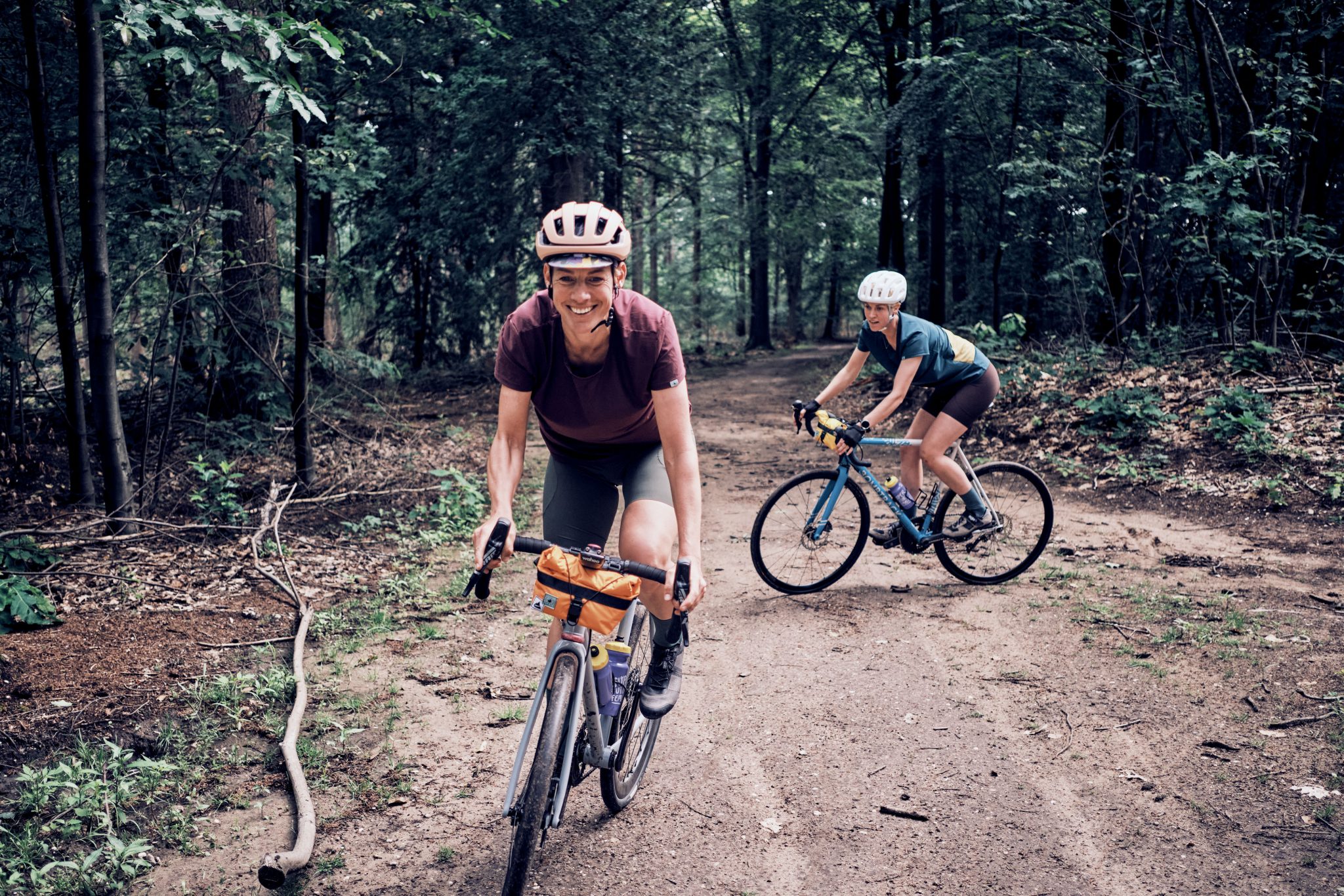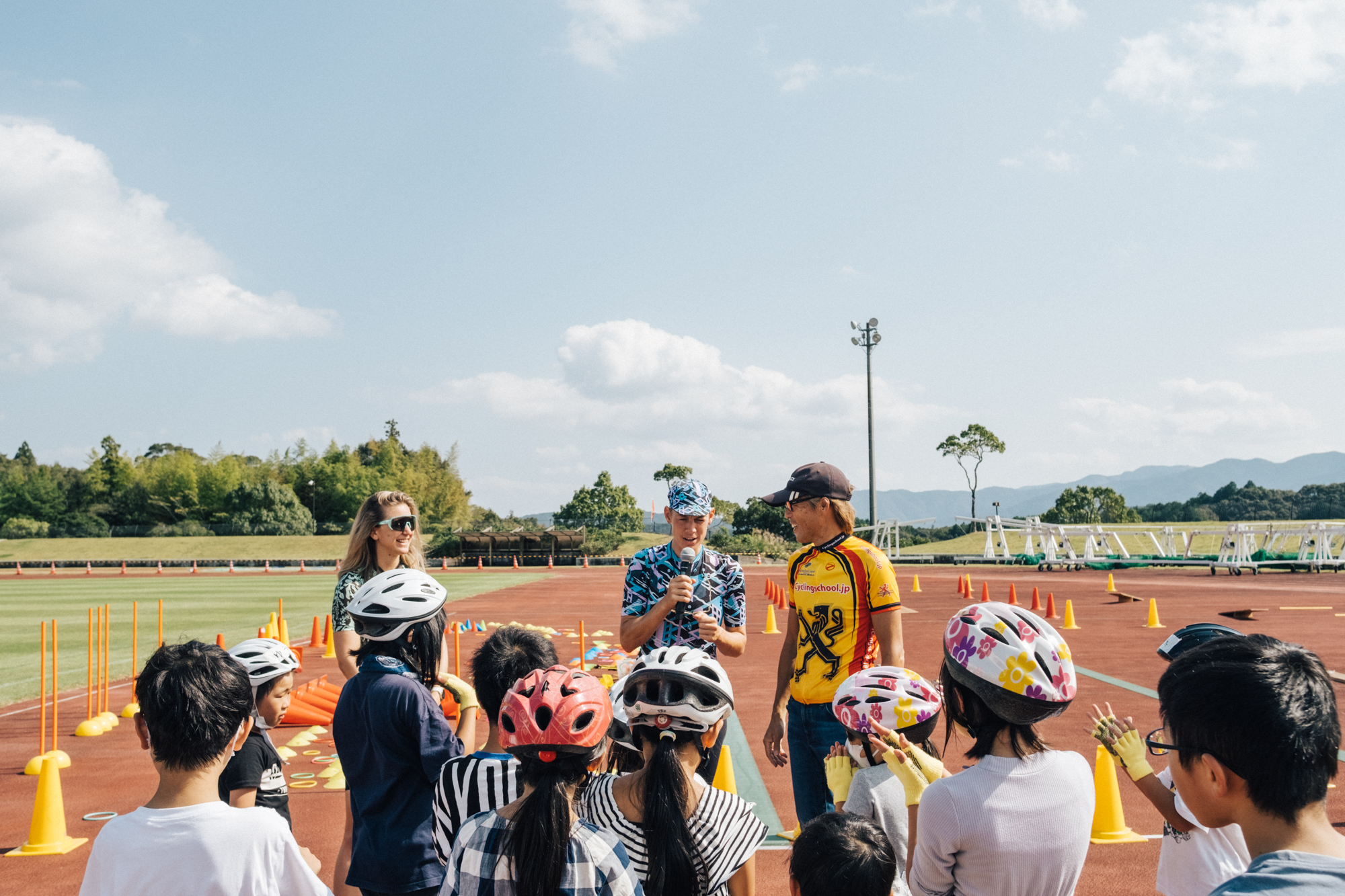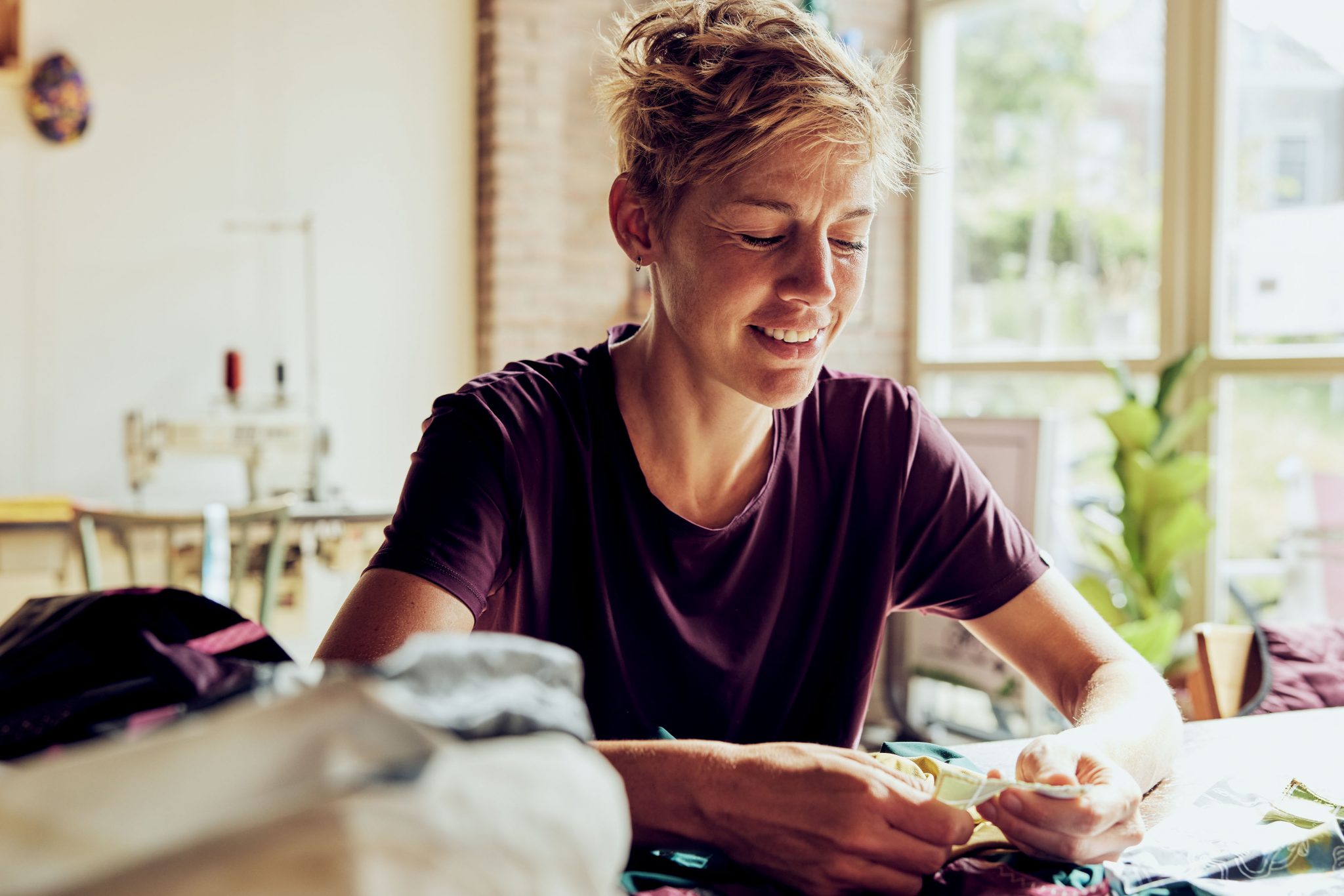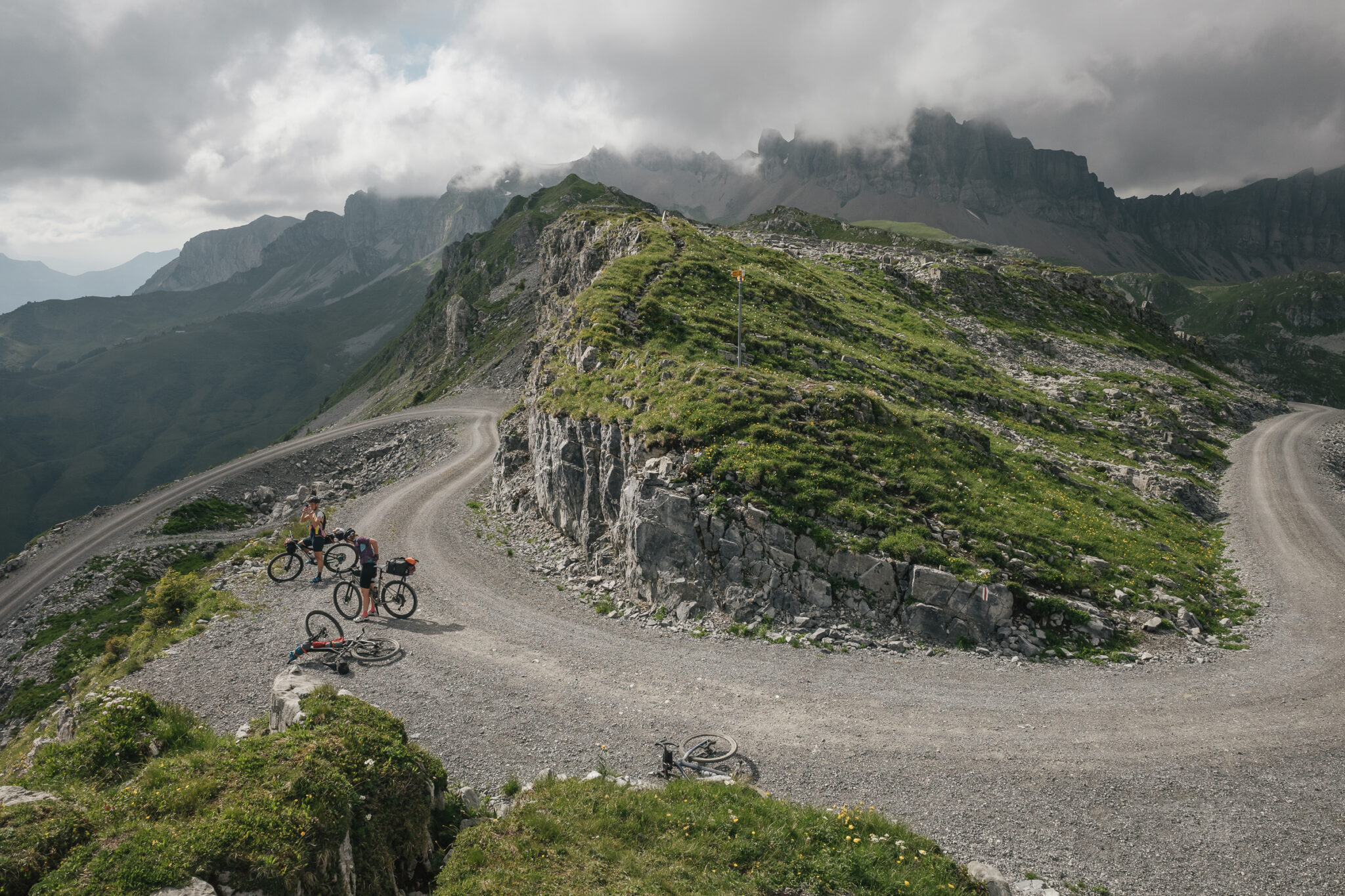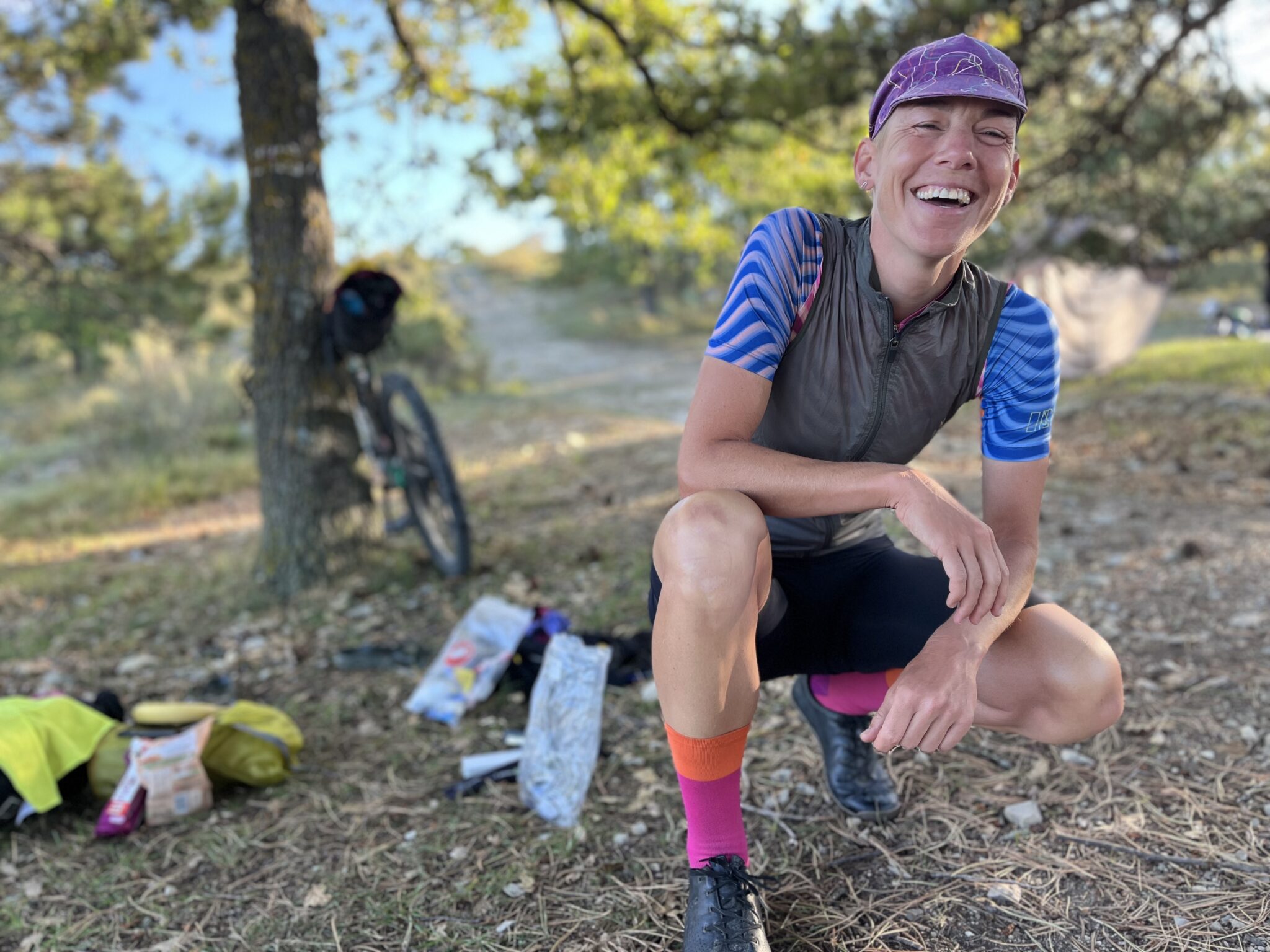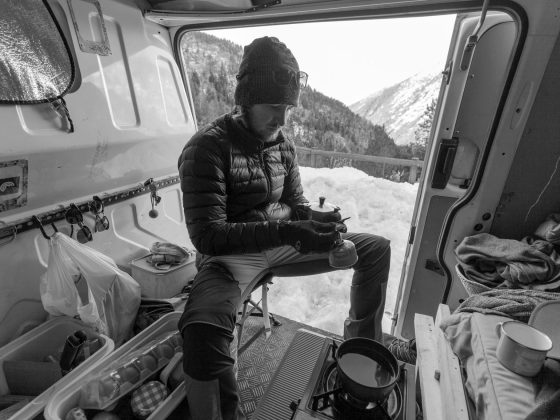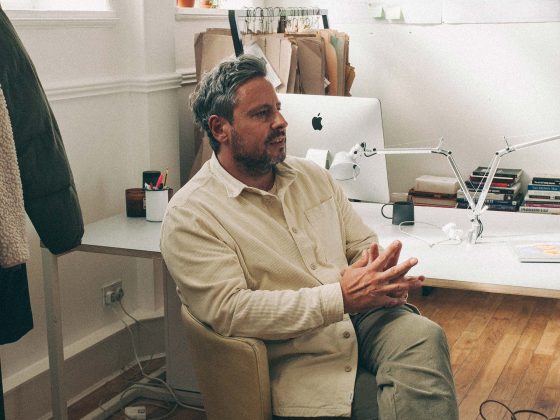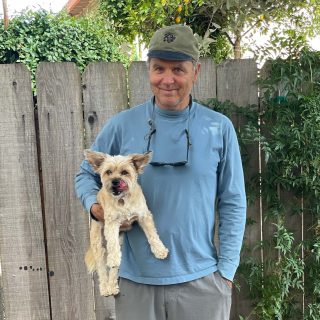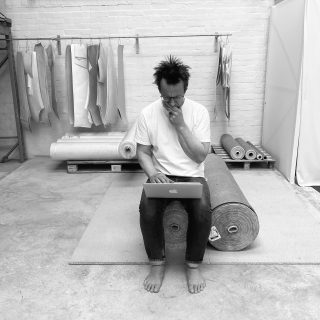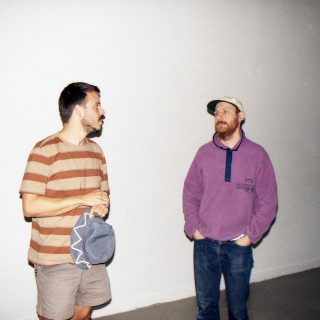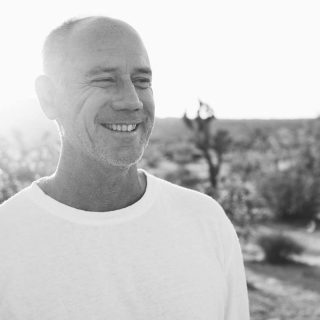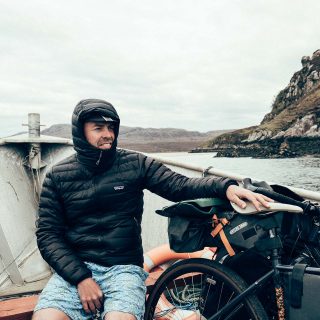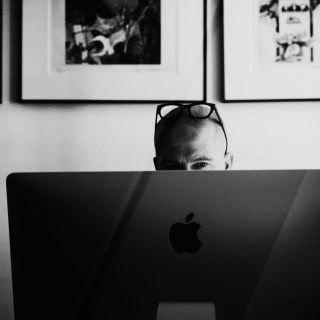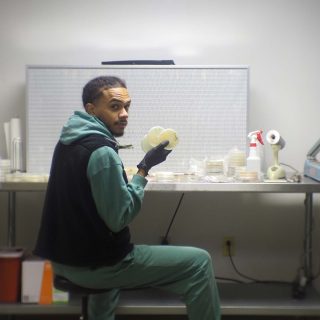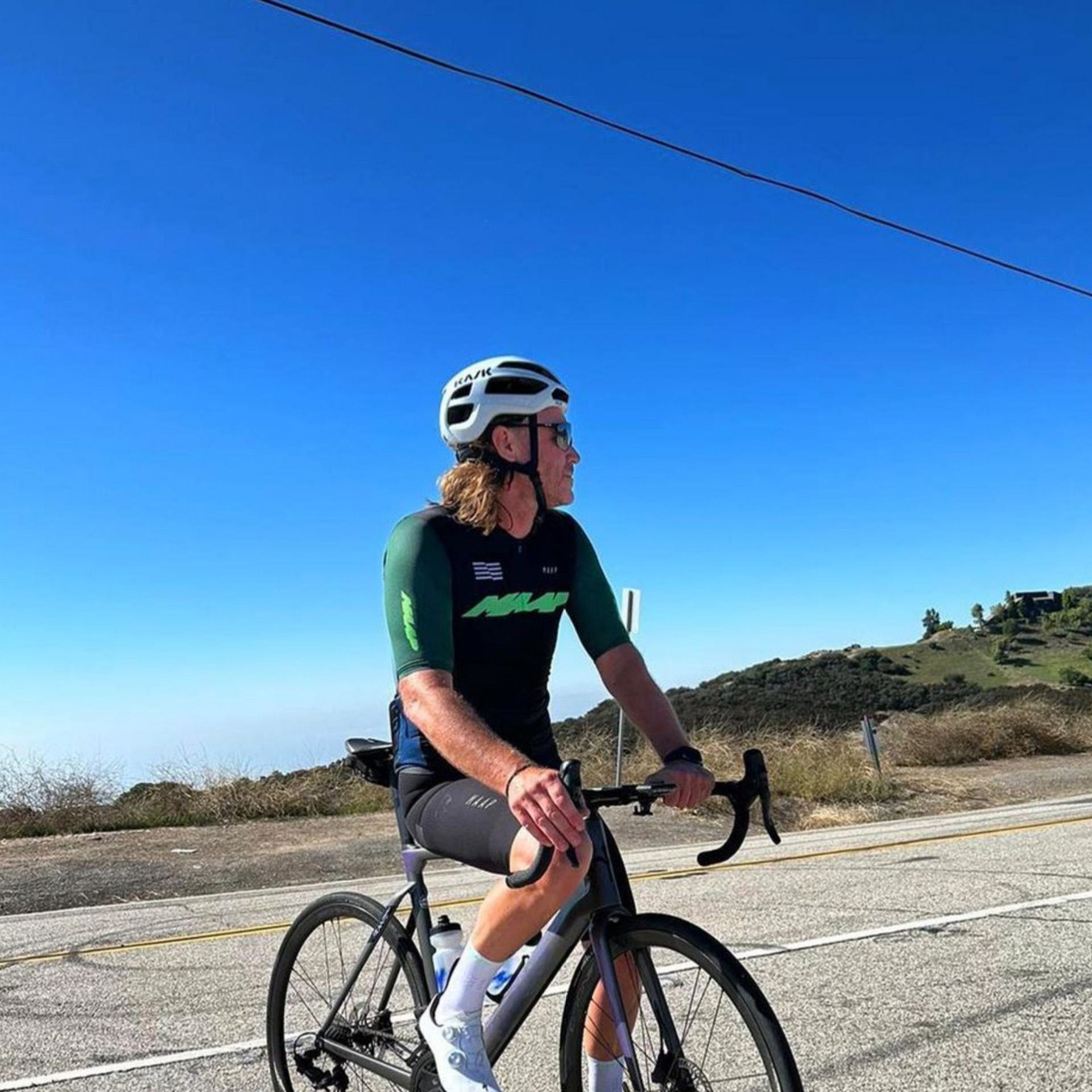An Interview with Iris Slappendel, founder of I R I S and the Cyclists’ Alliance
Our interview with the professional cyclist turned clothing designer
Think of retirement and chances are you think of taking it easy—whether that’s cruises around the Mediterranean or lazy afternoons tending to the garden. Not so for former professional cyclist Iris Slappendel. Since leaving the peloton in 2016, she’s been busier than ever.
First off, she set up her own clothing brand I R I S (an acronym for I Ride In Style), making the kind of stuff she wanted to wear whilst riding her bike, combining high-quality fabrics with seriously bold and colourful design.
She also co-founded the Cyclists’ Alliance, a union dedicated to providing support for women in professional cycling. Oh yeah, and she works as a commentator for Eurosport too—adding her unique knowledge and insight to their coverage of cycling races broadcast around the world.
We beamed up via video-phone to her home on the outskirts of Eindhoven to talk clothes, bikes and the endless quest for balance…
Going back to the beginning, how did you get into cycling? Was everyone riding bikes growing up in the Netherlands?
Of course everyone cycles in the Netherlands, but competitive cycling—at least for girls—isn’t really a very natural thing to do. I started out speed skating, which is quite popular here, and that’s how I got into cycling. Cycling was something you’d do as summer training.
The Netherlands was quite progressive as a country, and we have a lot of female cyclists, but was a bit more of a battle for me personally, because I’m not from a really sporty family. You need a lot of stuff for cycling, and you need to be able to travel because races are spread all over the country.
Yeah cycling isn’t maybe the most accessible. It’s not like just getting a football and some boots.
Exactly. I think I started racing when I was 16, but when I was 18 I got my driving licence, so by that point I was a lot more independent. And it’s not a sport that you have to be super good at when you’re 15. In that way I had a bit of time to explore it.
And now, you’re on the other side of it. You’ve gone through these stages with cycling, winning races, and then ‘retiring’… but looking at everything you now do with bikes, it’s like you’ve not retired at all.
I still ride a lot—but maybe not compared to what I used to ride. And it’s completely different. Now I just ride as a social thing with friends, or to clear my head or to have a nice workout. It’s like I’ve gone full circle—from hobby to work to hobby again. It’s weird, because when I was 25 I really started to get very serious with my cycling career, and I always thought that when I was 30 and I quit cycling, I’d do something completely different, outside of the cycling industry, but I’m still doing a lot of cycling related things. It’s hard to get away from it—and maybe that’s not necessary, because it’s something that I really enjoy.
With the brand I meet a lot of different kinds of cyclists, and I really enjoy that. It’s not focused on race or speed or aerodynamics, it’s way more about having fun and having a good time on your bike.
Subscribe to our newsletter
There seems to have been a huge movement towards that over the last 10 or so years. I know there’s always been different ways of riding bikes—but for a while with road cycling, everything seemed to be dictated by the race scene—whether it was clothing or parts—whereas now it seems things have relaxed a bit. Maybe they’ll have chunky off-road tyres or a rack for their shopping.
Yeah, I think it’s become more of a lifestyle thing—not just a sport where you’re training to race all the time. Even if you’re not racing, you can identify as someone who cycles. There’s maybe local groups, or they’ll wear casual clothing—and that’s really different to maybe 10 or 20 years ago.
And I think for women it’s different than it is for men, because especially for women the whole competitive element isn’t really as interesting. It’s more about having a healthy lifestyle, being in nature and going out riding whenever they want. They’re not restricted by a gym or classes or whatever.
Newer cyclists just find a bike and go and ride it, no matter what they’re wearing or what bike it is.
In the Netherlands when I started cycling, you became a member of a local cycling club, and now there are more people than ever cycling, but the number of people who are in a cycling club has only come down. It’s much more on an individual or local basis. And also during the pandemic there was a huge increase in people who got bikes and got out riding.
It sort of feels like the lines have blurred—there aren’t any rules anymore.
I think it depends a bit what scene you are in. I think cycling is still a sport that comes with a lot of rules—socks all have to be white, and there has to be ‘the n+1 bike’, and a cycling uniform needs to look a certain way. There are still a lot of people who look at it that way, but the newer cyclists just find a bike and go and ride it, no matter what they’re wearing or what bike it is. And that’s really cool.
I’m very annoyed by all those old rules. As a pro cyclist, it’s almost all about rules—what you wear, how your train—your whole life is based around rules that either cycling has made, your team has made or you’ve made yourself. And I think not having those rules has been something I’ve really enjoyed since I retired from racing and started developing women’s cycling apparel.
I’ve learned a lot from my customers—seeing how they explore the world by bike, and what they find important. Maybe it’s more about being outdoors, than being on a bike? I love going bikepacking, but I don’t want to take ten different sets of clothing for all my different activities, I just want to take the minimum, and it’s great I can have a t-shirt to ride my bike in, but can also go for a hike or to a restaurant in.
Lines are definitely blurring, but here in the Netherlands, a traditional cycling country, there are a lot of people still sticking to the old cycling rules, but I think the newer cyclists in countries like the UK, Australia and the US seem to have a different trend.
What was the reason for starting your brand? I read you studied graphic design—was clothing design something you always had in the back of your mind that you’d maybe do after cycling?
Not really actually. I studied product engineering, and I thought that when I quit cycling I’d like to work maybe designing furniture, but during my cycling career I started to do some design for other brands. I did the design for the Dutch Olympic team for Rio 2016, and that gave me a bit of publicity, and I got more assignments.
I really enjoyed it, but when I did those projects as a freelancer with brands, there were often things that limited the design process—maybe because of production restrictions, or maybe it was something they thought was too complicated. And often if there was a specific women’s line, it wasn’t equal with the men’s product.
There wasn’t really a super high product out there for women—and then design wise there were so many limitations working with other brands. I wanted to do something in my own style, and to a really high standard, and I knew that working under a boss wasn’t really my thing—so I thought I’d give it a try. I sourced a manufacturer, didn’t really make a business plan and just thought I’d try it with a very small collection—and if it didn’t work I could go and get a normal job somewhere.
Was there anything in particular you set out to do differently?
From the beginning I really followed my own instinct. I didn’t start an apparel brand because I thought women’s cycling was a big opportunity in the market, I started it because I wanted to make cycling apparel that I’d like to wear—clothes that are cool to put on. That was how I approached it, and that’s how I still approach it. And that’s a difficult thing, because as you grow it’s easy to look at certain items that sell quite well, and think you should make more of those. But then I think, “No, I should stick to how I started—making really fun things that stand out.” I think that kind of approach is different, and is my strength.
When I started I made a yellow jersey with an eye pattern on it. Everyone was like, “Yeah, it’s really nice, but I’ll never wear a jersey like that when I go riding!” I did wonder whether I should change the colour or the pattern, but I still had the feeling that it could be really nice. When I made it it was the best selling jersey that year. That was my confirmation that I should stick to my instincts. Of course you’ll always be influenced by trends and the market—there’s no hiding—and my collection from three or four years ago will look different from now—but that doesn’t mean I have to make block colour jerseys. I think in a way I still keep my own signature.
It’s not just black and navy blue jerseys.
I’ve always kept it quite small and personal—and even though a lot of my sales are online, I’ve always stayed in touch with customers and done events. Talking to the customers gave me a lot of confidence that I was on the right track.
I didn’t start an apparel brand because I thought women’s cycling was a big opportunity in the market, I started it because I wanted to make cycling apparel that I’d like to wear.
I think that feedback from the community is very fulfilling. It’s just cycling apparel—I’m not changing the world—but it does make a difference for a lot of women that they have clothes to wear on their bikes that fit well and suit their body shapes. That’s something I try to get across in my campaigns and the photography we use—it’s clothing for normal women. We’re not looking at ‘what is the industry standard?’, but rather, ‘how does my customer look?’ or ‘how does she want to look?’. And that’s not aways size small.
Along with all this you were one of the founders of the Cyclists’ Alliance. Was that another thing you started after you retired from racing?
I think I started everything at the same time. When I retired I was afraid I wouldn’t have anything to do, so I started the Cyclists’ Alliance, which is an international union for pro cyclists, I started I R I S, and I also started working for Eurosport as a commentator.
In some ways I think the Cyclists’ Alliance has some overlap with the brand in that I’m trying to not be held back by rules in cycling. It was based on my own experience as a pro cyclist, and all the things you have to battle as a female cyclist.
I thought it was really weird that the women’s peloton didn’t have any organisation they could go to for help and support, and there was no one really advocating on their behalf. At that time there was a lot of reform and change in women’s cycling. I got together with two other riders and we surveyed the peloton. We had a huge response, and it’s grown into a big organisation with big membership in the peloton.
I’m going to show my ignorance of the professional cycling world here—but one of the main problems was that professional female cyclists weren’t getting paid, wasn’t it?
There are three main issues. Firstly, the economics—we managed to get a minimum salary introduced in 2019, which for a big part was thanks to all the surveys we did with cyclists— because I don’t think anyone actually had any idea what the economic situation was in women’s salary.
The other thing is safety—not just safety in races, but safety in teams. How professional is the team set up? Do the team staff have their licences?
And then the third thing is the visibility—we really advocated for more visibility in women’s cycling. And that’s always been a real chicken and egg story—Does there need to be more women’s cycling on TV? But it’s such an amateur sport, so does it need more money? Yes, but it’s not on TV much. I think over the last few years there have been some race organisers that have been really innovative and stuck their heads out, getting women’s cycling on TV. And from that you actually see that there is a lot of appetite for women’s cycling.
It’s also the time we live in—I think if we started the Cyclists’ Alliance 20 years ago, people would ask, “Why would you ask for equal prize money? What is women’s cycling?” But now everyone understands it and is like, “What, you don’t get the same prize money? That’s ridiculous.” It’s really about the time we live in. When I was racing it was seen as normal that we didn’t get the same prize money, but it’s not okay anymore.
There was a good quote I read from you in another interview, where you said how women’s cycling shouldn’t copy men’s cycling, but instead it should be its own thing. Can you elaborate on that?
First of all I think men’s cycling has its flaws. The whole economic system of men’s cycling is really broken—it’s basically dependent on the Tour De France and ASO—they’re the biggest power in cycling, and with that you get a system where all the teams are depending on racing the Tour de France and are completely dependent on sponsors. But if you look at other sports players or teams get a percentage of broadcasting rights. And also, because cycling isn’t a stadium sport, a team can’t charge for tickets.
You can’t sell a ticket for the side of the road.
Exactly. In general it’s a very difficult, fragile economic situation, so why would you try to copy that model? Why not look at women’s cycling as a blank slate? It’s a sport with so many opportunities. Why not create a sport where the teams and the riders are more involved? I think in the short term it’s great that we now have the Tour de France for women, as it gives more credibility to women’s cycling and the fans understand it, but in the long term you create exactly the same problems as men’s cycling has. In the long term I’d prefer women’s cycling tackled a bit differently.
I also think that women’s cycling shouldn’t copy men’s cycling because cycling is really quite small. It’s very European-based, dominated by white men. It’s not really a diverse sport, but women’s cycling has the opportunity to bring out more stories of the riders, to make it more inclusive and open it for riders from different continents. Why not look at different race models that younger fans would understand better, like what they did with cricket a few years ago? They completely changed the whole game.
Sorry, I don’t know anything about cricket. What did they do?
I think basically a cricket game took about three days or something.
Oh yeah, maybe I do know about this. They made a quicker version didn’t they?
Exactly. And that has attracted a lot more fans into sport—and a lot of those fans are now into the more traditional game of cricket too. I look at a lot of my customers—they love to ride their bikes, but are they actually interested in watching women’s cycling or men’s cycling? Most of them aren’t. It’s a little bit difficult to understand, you’ve got to sit down for four hours to watch a race, three weeks in a row… and who does that nowadays? In that way it’s an opportunity to do something different. So many women in the peloton have such interesting stories—there are so many stories out there that could inspire, but if we keep portraying women’s cycling in the way we do with men’s cycling, I think it’s hard to get new fans.
These sportspeople are often shown as superheroes, but if you maybe show that they’re normal too, it’s more approachable.
Yeah—I think the Olympics in Tokyo was a good example, as you had this rider that nobody knew—Anna Kiesenhover from Austria—attacking hard at the start of the race, and then nobody saw her at the finish. She’s a mathematician who works at the university—she’s not a full-time cyclist, but she’s the Olympic champion… how amazing is that story! And there are so many similar stories out there that are really inspiring and really cool.
Is that something you try and do in your work as a commentator? Are you trying to pick up on the interesting stories that the audience might not know?
Yeah of course. We try to share as much background information as we can. I can talk about what people see on TV… but they already see it. I should be the one who adds the extra information that the audience might not know. For those races that I do on a motorbike, I can talk about the atmosphere, and what’s actually happening.
How does that work then? You’re on the back of a bike talking at the same time?
Yeah. Normally I commentate from the studio, and I just see what everybody sees, but for the Tour de France and Paris—Roubaix I commentate from the motorbike. They’ll just bring me into the broadcast a few times to say something about how crazy the cobbles are, or how windy it is.
That sounds like a pretty good job. How do you manage balancing all this stuff at the same time?
That’s maybe my biggest challenge. With the Cyclists’ Alliance we’ve got a really good group of people and I don’t have to do a lot of the daily work anymore, so I have a little bit more time this year. It’s a challenge, but it’s just a matter of making a good schedule for myself and trying to stick to that. But I do work a lot of hours.
I do have to balance it out—and I think I have to get more people in the brand to do different things. The Cyclists’ Alliance it’s now an organisation that runs itself, and I should try and do the same with my brand as well. But as with most things I always think I’m the best person for the job… when you’re a perfectionist and you have something in your mind of how you want to do it—it’s hard to give the responsibility to someone else.
That seems to be a common thing for owners of independent brands or shops.
You’re right. That’s something I’ve realised—and when I do have other people involved, I really enjoy it as I see that they bring something to the brand that I don’t know anything about. I see that value, and it’s good for me to see what I can delegate to others who are better at it—to make sure I have more time for the creative things.
And amongst all this, you still ride a lot too. I know we’ve talked for a while now so I’ll wrap this up on this one. Is your attitude to riding your bike different now to how it was back when you were racing? Is just going out every now and again when it suits a healthier approach to riding bikes?
Competitive cycling definitely isn’t healthy. Doing long distance rides or bike-packing… you get tired of it, and it takes energy, but it’s definitely not as exhausting as training multiple hours a day—that’s mentally way more exhausting. When you’re bike packing or ultra-distance riding—there’s no pressure if it takes one or two or three more days, but if you’re racing competitively, there’s a team that expects stuff of you. My whole life was about training and racing, but now cycling is just the fun part.
Find out more about I R I S here.
Read about the Cyclists’ Alliance here.
Want more bike stuff? Here’s our interview with Seb Rogers, the founder of Cranked Magazine.
